

Articles
How To Reheat Crawfish Without A Steamer
Modified: August 25, 2024
Learn how to reheat crawfish without a steamer in this helpful article. Find easy methods to enjoy your leftover crawfish without compromising on taste or texture.
(Many of the links in this article redirect to a specific reviewed product. Your purchase of these products through affiliate links helps to generate commission for Storables.com, at no extra cost. Learn more)
Introduction
Are you craving the delicious taste of crawfish but don’t have access to a steamer? Don’t worry, you can still enjoy these mouthwatering seafood delicacies by using alternative reheating methods. Whether you have leftovers from a previous crawfish boil or you’ve purchased precooked crawfish, this article will guide you through different ways to reheat crawfish without a steamer.
Crawfish, also known as crayfish or crawdads, are small crustaceans that are popular in Southern cuisine. They have a rich and savory flavor that is best enjoyed when they are freshly boiled. However, if you have leftover crawfish or want to reheat precooked crawfish, it’s important to know the right techniques to retain their juicy texture and delicious taste.
In this article, we will explore four alternative methods to reheat crawfish: using a microwave, using an oven, using a stovetop, and using a grill. Each method has its advantages and can deliver tasty results if done correctly. We will also discuss other reheating methods that you can try if you don’t have access to the aforementioned options.
So, let’s dive into the different methods and discover how you can enjoy reheated crawfish that are just as flavorful and enjoyable as freshly boiled ones.
Key Takeaways:
- Enjoy the mouthwatering flavors of reheated crawfish using alternative methods such as microwave, oven, stovetop, and grill. Experiment with sautéing, baking, deep frying, boiling, or griddling for unique textures and flavor profiles.
- Transform leftover or precooked crawfish into delectable meals or appetizers without a steamer. Whether hosting a crawfish boil or enjoying leftovers, these reheating techniques ensure a delightful culinary experience with rich flavors.
Read more: How To Reheat Crabs Without A Steamer
Using a Microwave
If you’re looking for a quick and convenient way to reheat crawfish, using a microwave is a great option. Here’s how you can do it:
- Start by placing the crawfish in a microwave-safe dish. Make sure to spread them out evenly to ensure even reheating.
- Sprinkle a small amount of water over the crawfish. This helps to prevent them from drying out during the reheating process.
- Cover the dish with a microwave-safe lid or microwave-safe plastic wrap. This helps to create a steaming effect and traps the moisture, keeping the crawfish tender and juicy.
- Set the microwave to medium power and heat the crawfish in intervals of 1 minute. This allows for gradual reheating and prevents overheating.
- After each minute, check the crawfish for doneness. If they’re not fully heated, continue microwaving in 30-second intervals until they reach the desired temperature.
- Once heated, carefully remove the dish from the microwave using oven mitts or a towel, as it will be hot. Give the crawfish a gentle stir to distribute the heat evenly.
- Let the crawfish rest for a minute or two before serving. This allows the flavors to meld together and ensures optimal taste.
It’s important to note that microwaving crawfish may result in a slightly altered texture compared to steaming or boiling. The crawfish may be slightly softer, but the flavor should still be delicious. Keep in mind that overcooking in the microwave can lead to rubbery and dry crawfish, so be cautious with the heating time.
You can serve the reheated crawfish as is or pair them with your favorite dipping sauces or melted butter. They make for a delightful appetizer or main course, especially when enjoyed with friends and family.
While microwaving may not offer the same level of authenticity as steaming, it’s a practical option that can satisfy your crawfish cravings in a pinch. Plus, it’s a great way to utilize leftovers from your previous crawfish boil without compromising taste or quality.
Using an Oven
When it comes to reheating crawfish, using an oven can help to maintain their texture and bring out their flavors. Follow these steps to reheat crawfish using an oven:
- Preheat your oven to 350°F (175°C) to ensure even heating.
- Place the crawfish in a baking dish or on a baking sheet in a single layer. This allows for even distribution of heat and helps prevent overcrowding.
- If desired, drizzle a small amount of melted butter or olive oil over the crawfish for added moisture and flavor.
- Cover the dish or the baking sheet with aluminum foil. This helps to create a steaming effect and prevents the crawfish from drying out during the reheating process.
- Place the crawfish in the preheated oven and let them heat for about 10-15 minutes. The exact time may vary depending on the size and quantity of the crawfish.
- After the initial heating time, remove the foil cover and give the crawfish a gentle toss or stir to ensure even heating. This helps to distribute the heat and prevent any areas from becoming overcooked.
- Continue baking the crawfish for an additional 5-10 minutes, or until they are heated through and reach the desired temperature.
- Once heated, remove the dish or baking sheet from the oven using oven mitts or gloves.
- Allow the crawfish to rest for a few minutes to allow the flavors to meld together before serving.
Reheating crawfish in the oven helps to retain their texture and brings out their natural flavors. The gentle heat and moist environment created by the foil cover help to prevent the crawfish from drying out, resulting in tender and succulent meat.
Remember, overcooking in the oven can lead to a loss of moisture and a rubbery texture. It’s essential to keep a close eye on the crawfish and adjust the cooking time accordingly to avoid overcooking.
Once reheated, serve the crawfish as a main dish or a delicious appetizer. Pair them with your favorite dipping sauces, such as cocktail sauce or remoulade, to enhance their flavors. Fresh lemon wedges also make a great accompaniment to add a refreshing citrus kick to the crawfish.
Using an oven to reheat crawfish is a great option if you have larger quantities to reheat or if you prefer a more controlled and even reheating process. The result is juicy and flavorful crawfish that are sure to satisfy your taste buds.
Using a Stovetop
If you don’t have access to a steamer or an oven, fear not! Reheating crawfish on a stovetop is another effective method that allows you to enjoy their delicious flavor. Follow these steps to reheat crawfish using a stovetop:
- Fill a large pot with water, making sure there’s enough water to fully submerge the crawfish. Bring the water to a boil.
- Once the water is boiling, carefully add the crawfish to the pot. Make sure they are fully submerged in the water.
- Allow the crawfish to boil for about 3-5 minutes. This will heat them through without overcooking.
- Using a slotted spoon or a kitchen spider, remove the crawfish from the pot and transfer them to a colander or a strainer to drain the excess water.
- Let the crawfish cool for a minute or two before serving to avoid burning your fingers.
- For added flavor, you can melt some butter in a separate pan and dip the reheated crawfish in it before enjoying.
Reheating crawfish on the stovetop allows for quick and efficient heating, ensuring that the crawfish are warm and ready to be enjoyed. The boiling water helps to heat the crawfish evenly, delivering tender and succulent meat.
Be careful not to overcook the crawfish during the boiling process, as they can become tough and dry. The goal is to heat them just enough to bring them back to a delicious temperature without sacrificing their texture and taste.
Once reheated, you can enjoy the crawfish as is or pair them with your favorite Cajun or spicy dipping sauces to add an extra kick of flavor. Don’t forget to supply some napkins and lemon wedges to complete the crawfish feast experience.
Reheating crawfish on the stovetop is an excellent option if you’re looking for a simple and effective way to enjoy your crawfish without the need for specialized equipment. So go ahead, fire up your stovetop, and savor the flavors of perfectly reheated crawfish!
To reheat crawfish without a steamer, place them in a microwave-safe dish, cover with a damp paper towel, and microwave in 30-second intervals until heated through. This will help prevent the crawfish from drying out.
Using a Grill
If you’re a fan of grilled seafood, why not take your crawfish reheating game to the next level by using a grill? Grilling crawfish adds a smoky and charred flavor to the already delicious seafood. Here’s how you can reheat crawfish using a grill:
- Preheat your grill to medium-high heat. Make sure the grill grates are clean and well-oiled to prevent sticking.
- Place the crawfish directly on the grill grates, making sure they are spread out evenly.
- Grill the crawfish for about 2-3 minutes per side. The exact time may vary depending on the size of the crawfish and the heat level of the grill.
- Using tongs, carefully flip the crawfish to the other side and grill for an additional 2-3 minutes.
- Remove the crawfish from the grill and let them cool for a few minutes before serving. Be cautious as they will be hot.
- Serve the grilled crawfish as is or with your favorite dipping sauces, such as garlic butter or Cajun mayo, to enhance their flavors.
Grilling crawfish not only reheats them but also imparts a wonderful smoky flavor and adds a touch of char to the shells. The charred flavor pairs perfectly with the natural sweetness of the seafood, creating a tantalizing combination for your taste buds.
Keep in mind that grilling may result in slightly drier crawfish compared to other reheating methods. To combat this, you can brush the crawfish with a little melted butter or olive oil before grilling to help retain moisture and enhance their flavor.
Grilled crawfish make for an impressive and delicious appetizer or main course for your next outdoor gathering. The smoky aroma and delicious taste will surely impress your guests and leave them craving for more.
Using a grill to reheat crawfish adds a unique twist to the traditional reheating methods. So fire up the grill, grab some tongs, and enjoy the smoky and sensational flavors of grilled crawfish!
Read more: How To Store Leftover Crawfish
Other Reheating Methods
If you’re looking for even more options to reheat crawfish without a steamer, oven, stovetop, or grill, here are a few alternative methods you can try:
- Sautéing: Heat a small amount of oil or butter in a skillet over medium-high heat. Add the crawfish and cook for a few minutes, stirring occasionally until heated through.
- Baking: Preheat your toaster oven or countertop oven to 350°F (175°C). Place the crawfish on a baking sheet and bake for about 10 minutes, or until heated through.
- Deep Frying: Heat oil in a deep fryer or a large pot to 350°F (175°C). Add the crawfish and fry for about 2-3 minutes until they are hot and crispy.
- Boiling: Fill a pot with water and bring it to a boil. Add the crawfish and let them boil for 2-3 minutes until heated through. Drain and serve.
- Griddling: Preheat a griddle or a large flat skillet over medium-high heat. Place the crawfish on the griddle and cook for a few minutes on each side until heated through.
These alternative reheating methods offer different cooking techniques that can bring back the deliciousness of your crawfish leftovers. Each method provides a unique texture and flavor profile, giving you the opportunity to experiment and find your favorite reheating method.
When using these alternative methods, it’s important to monitor the cooking time closely to avoid overcooking the crawfish. Overcooked crawfish can become dry and lose their succulent texture, so it’s best to keep a close eye on them as they heat up.
Remember, the goal is to reheat the crawfish without sacrificing their flavor and texture. No matter which reheating method you choose, be sure to give the crawfish enough time to heat thoroughly, ensuring that they are hot and ready to be enjoyed.
So, don’t limit yourself to traditional reheating methods. Whether it’s sautéing, baking, deep frying, boiling, or griddling, these alternative techniques can help make your reheated crawfish just as delicious as when they were freshly cooked.
Conclusion
Reheating crawfish without a steamer is easier than you might think. Whether you choose to use a microwave, oven, stovetop, grill, or one of the alternative methods mentioned, you can enjoy the mouthwatering flavors of crawfish even when you don’t have access to specialized equipment.
Each reheating method offers its own advantages, allowing you to explore different textures and flavor profiles. The microwave offers convenience and quick results, while the oven provides an even heating process. The stovetop method delivers a familiar boiling technique, and the grill adds a smoky and charred element. The alternative methods, such as sautéing, baking, deep frying, boiling, and griddling, offer a variety of cooking techniques to experiment with.
When reheating crawfish, it’s important to keep a close eye on the cooking time to avoid overcooking and drying out the crawfish. The goal is to heat them just enough to bring them back to an enjoyable temperature without sacrificing their tender texture and delicious taste.
Whether you’re using leftover crawfish or reheating precooked crawfish, you can transform them into a delectable meal or appetizer with a little know-how and creativity. Pair them with your favorite dipping sauces, serve them with a side of corn and potatoes, or simply enjoy them as they are.
So, the next time you find yourself craving crawfish but don’t have a steamer on hand, don’t fret. With the methods shared in this article, you can confidently reheat crawfish and indulge in their incredible flavors. Whether you’re hosting a crawfish boil or enjoying leftovers, these reheating techniques will ensure a delightful culinary experience.
Get ready to savor the taste and delight in the rich flavors of reheated crawfish. Happy cooking and bon appétit!
Frequently Asked Questions about How To Reheat Crawfish Without A Steamer
Was this page helpful?
At Storables.com, we guarantee accurate and reliable information. Our content, validated by Expert Board Contributors, is crafted following stringent Editorial Policies. We're committed to providing you with well-researched, expert-backed insights for all your informational needs.

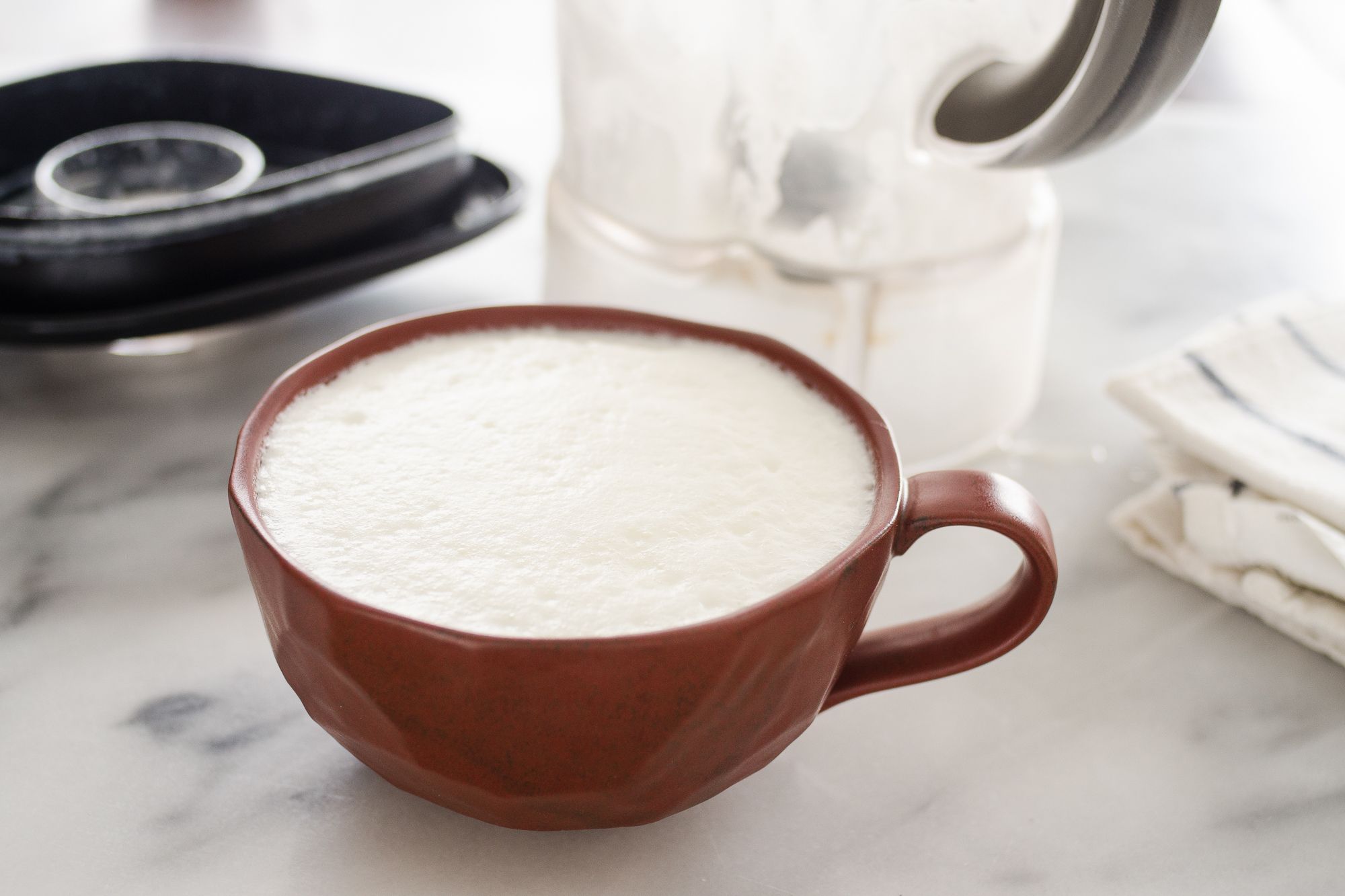
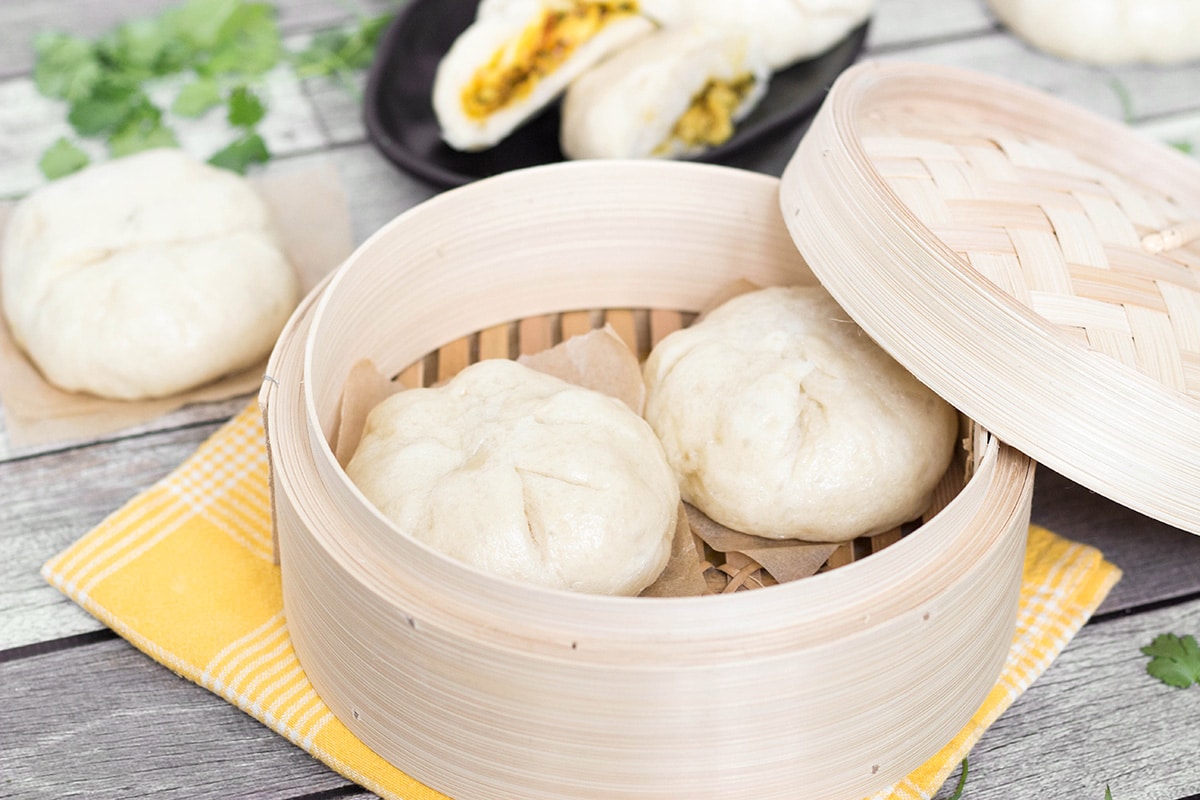
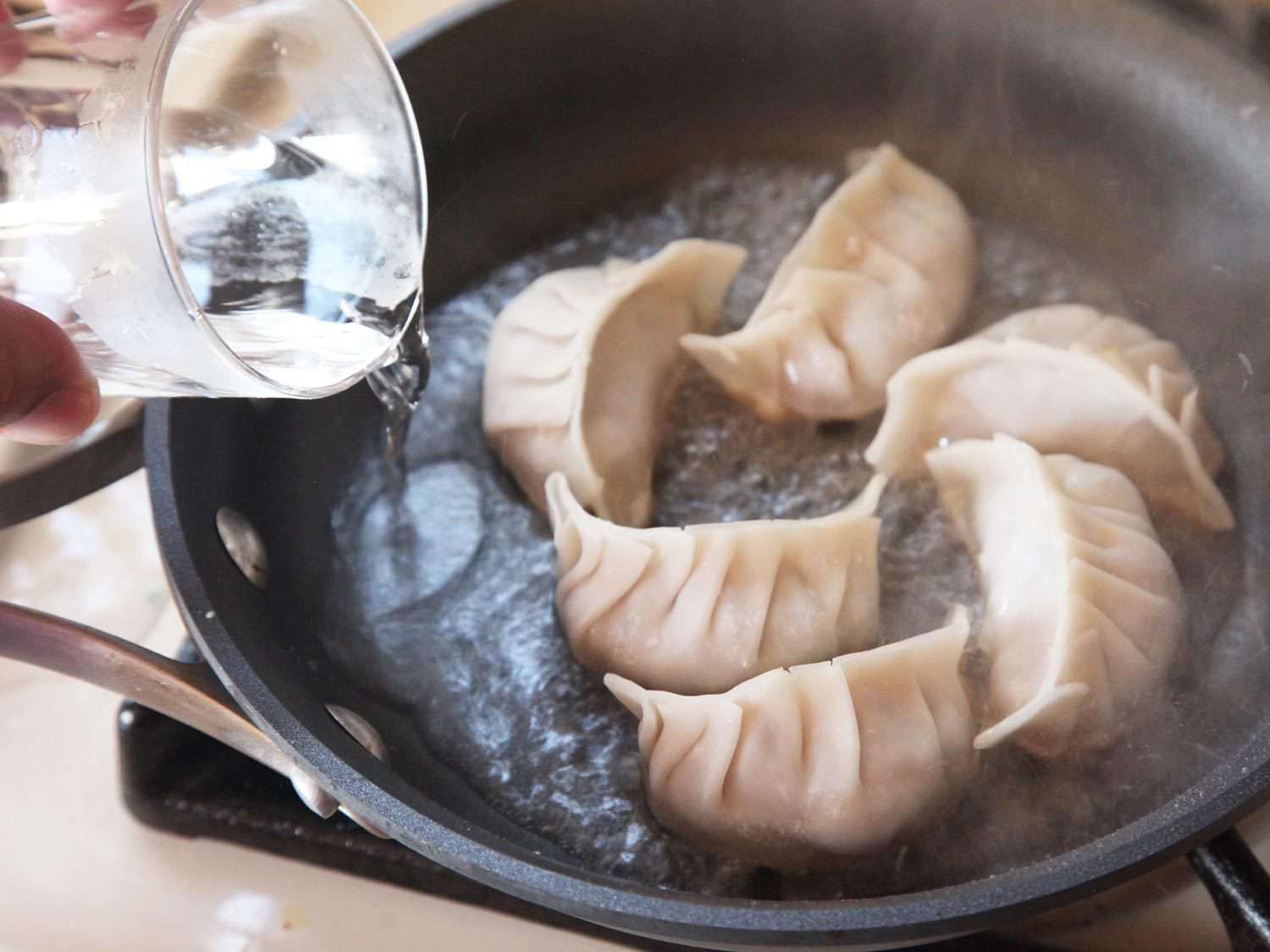
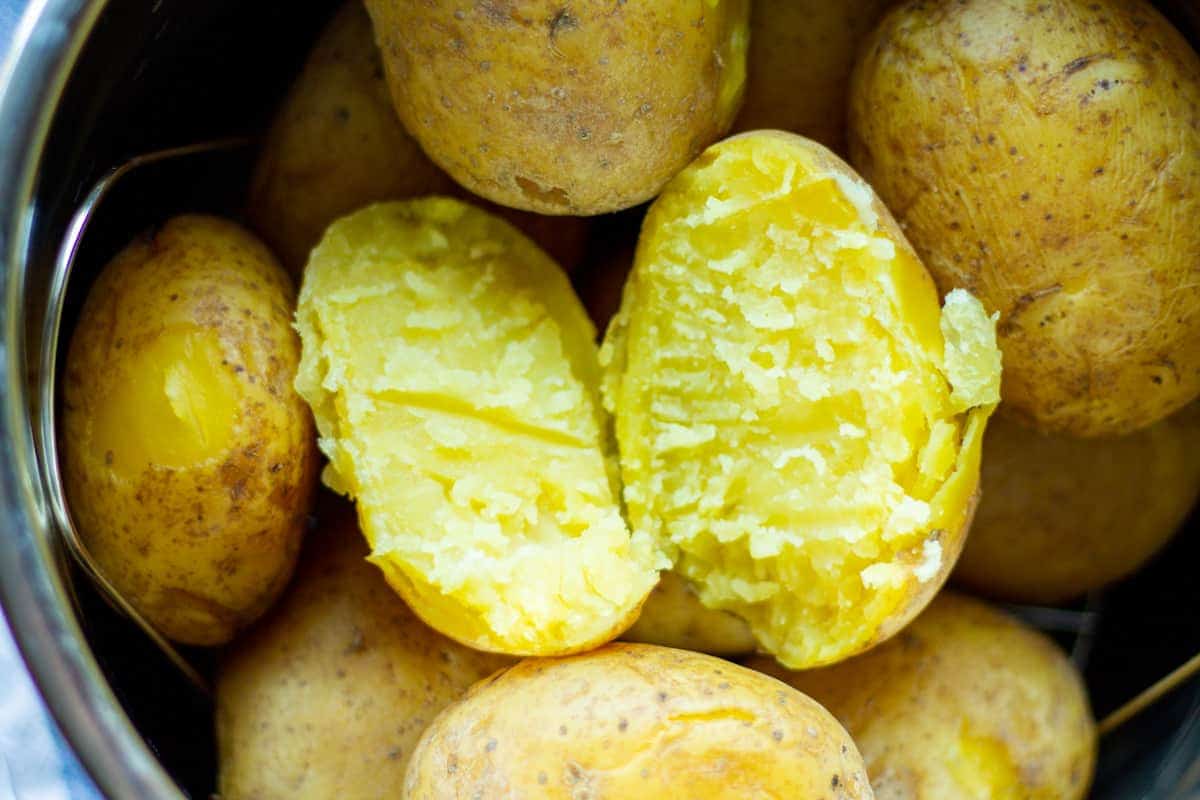
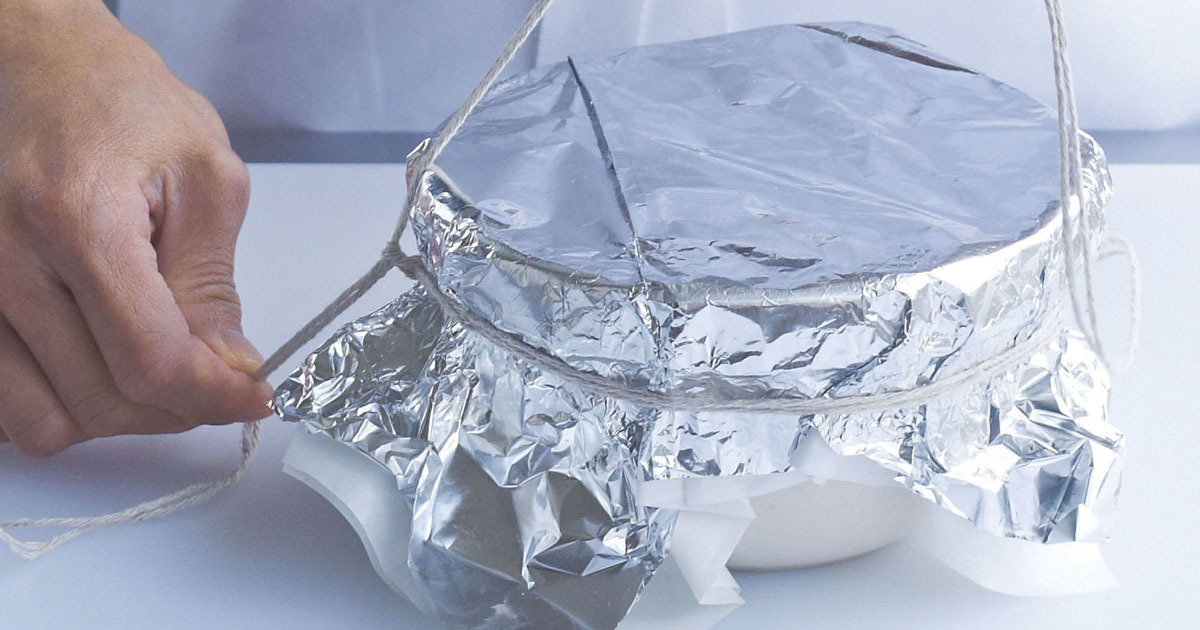
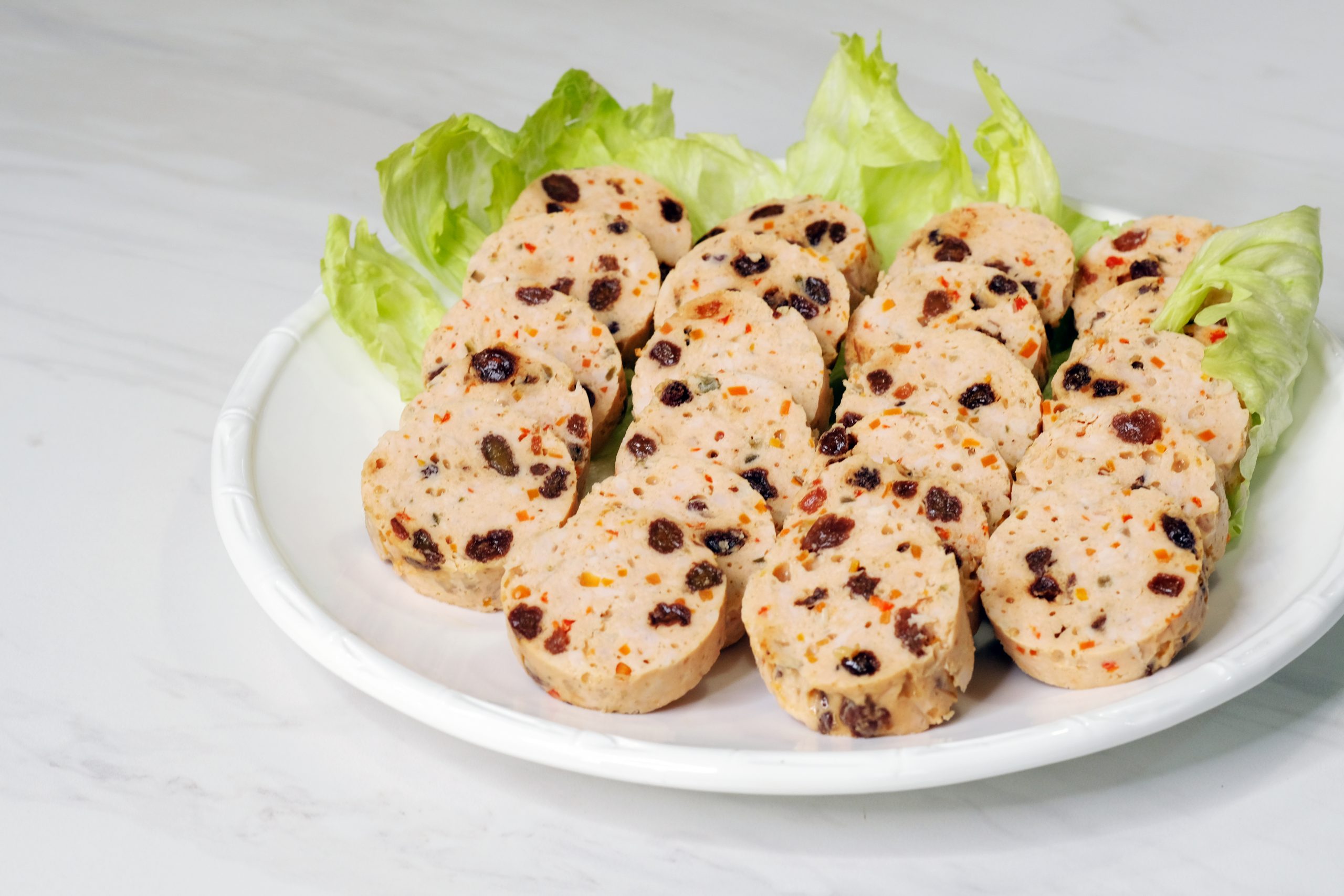
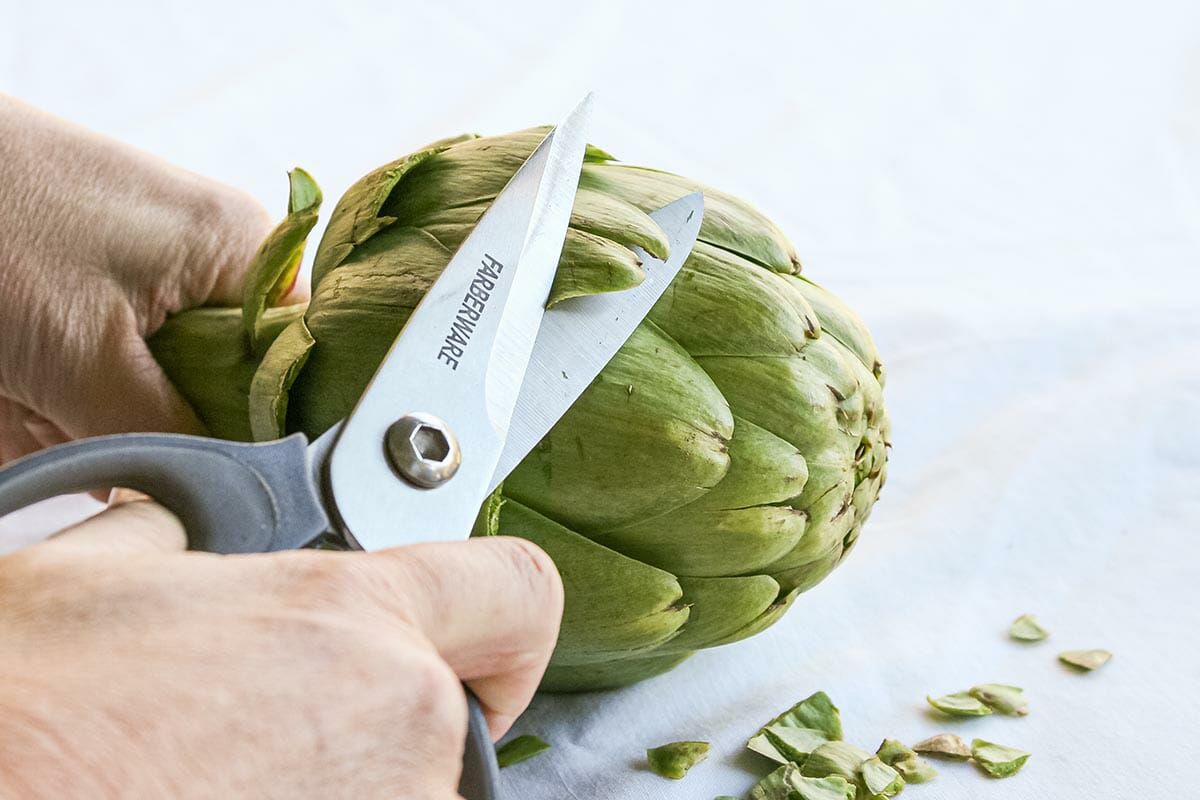
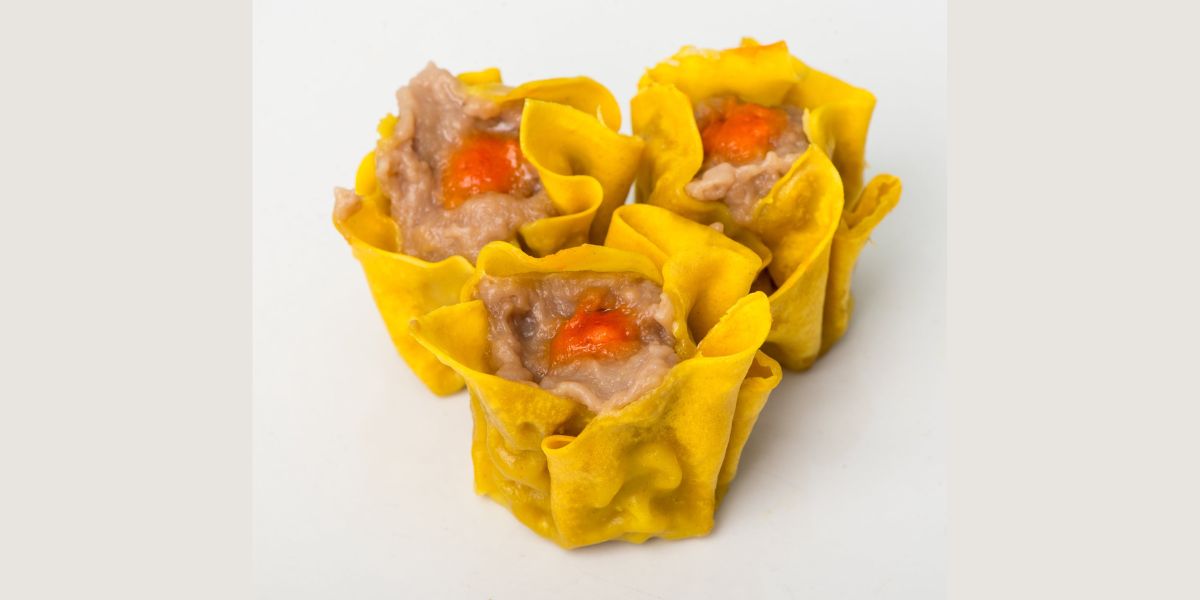
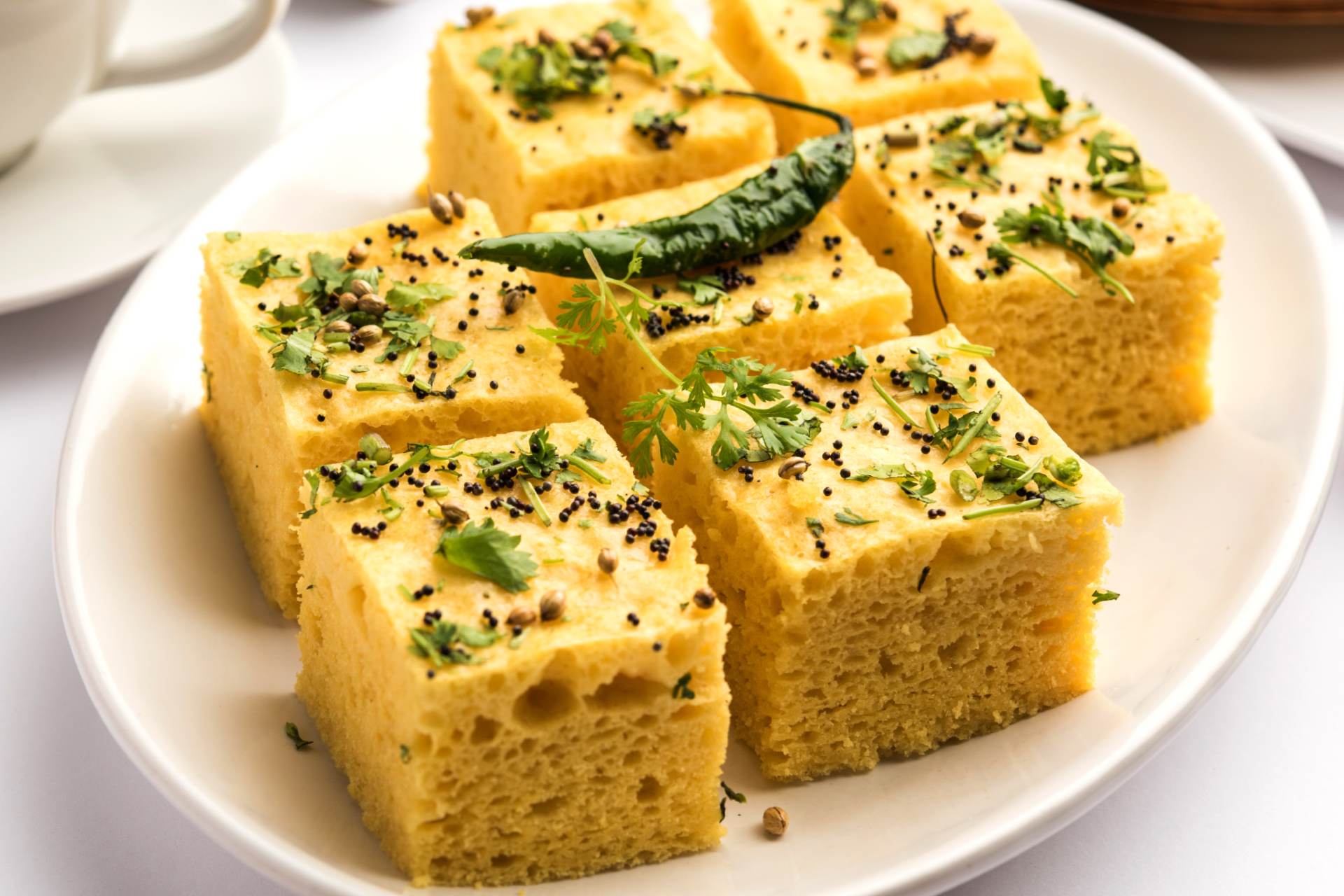
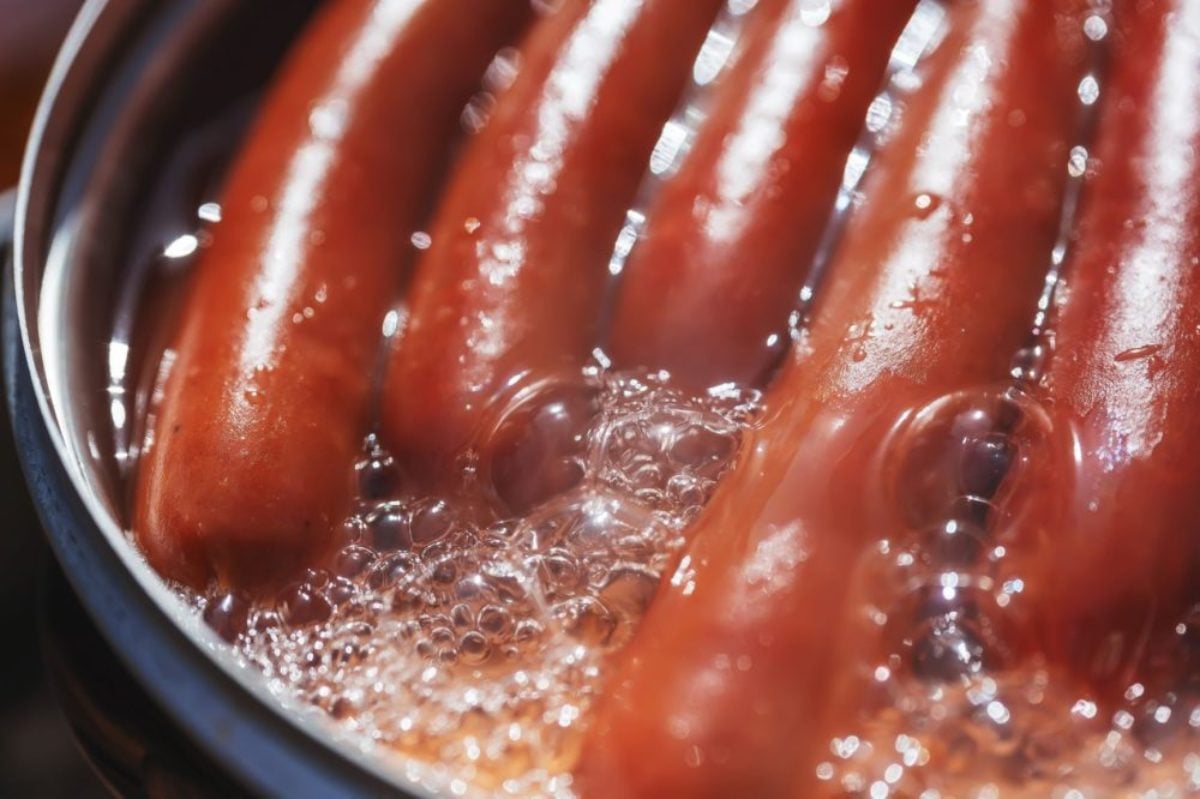
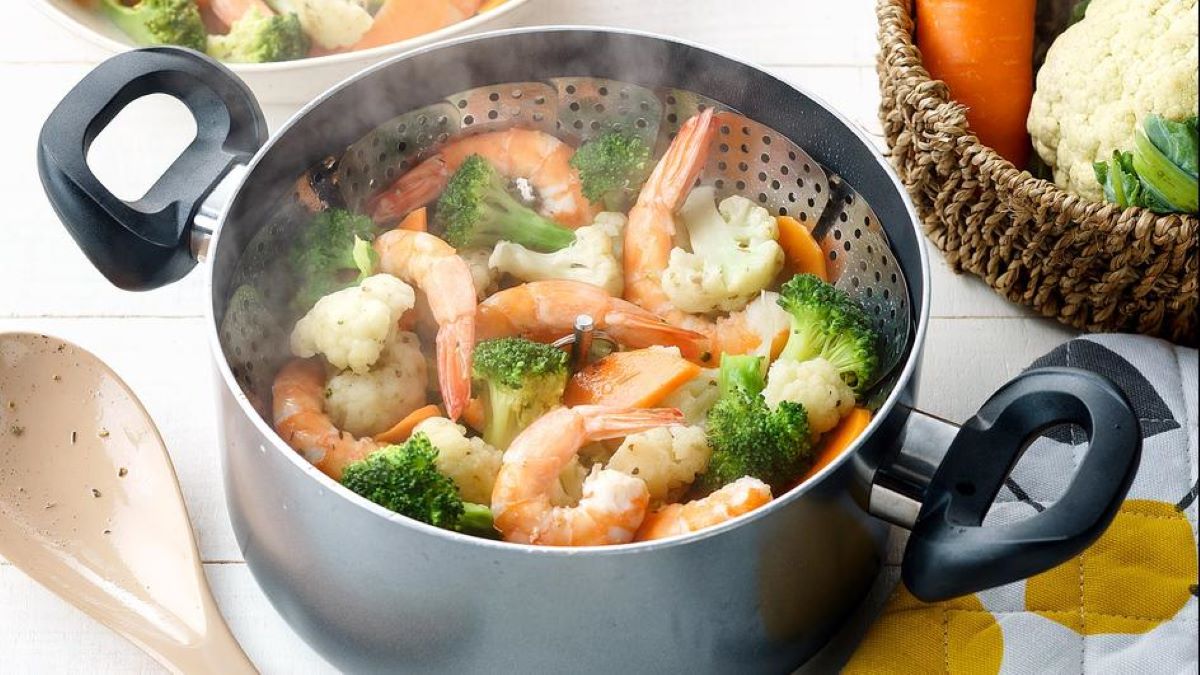
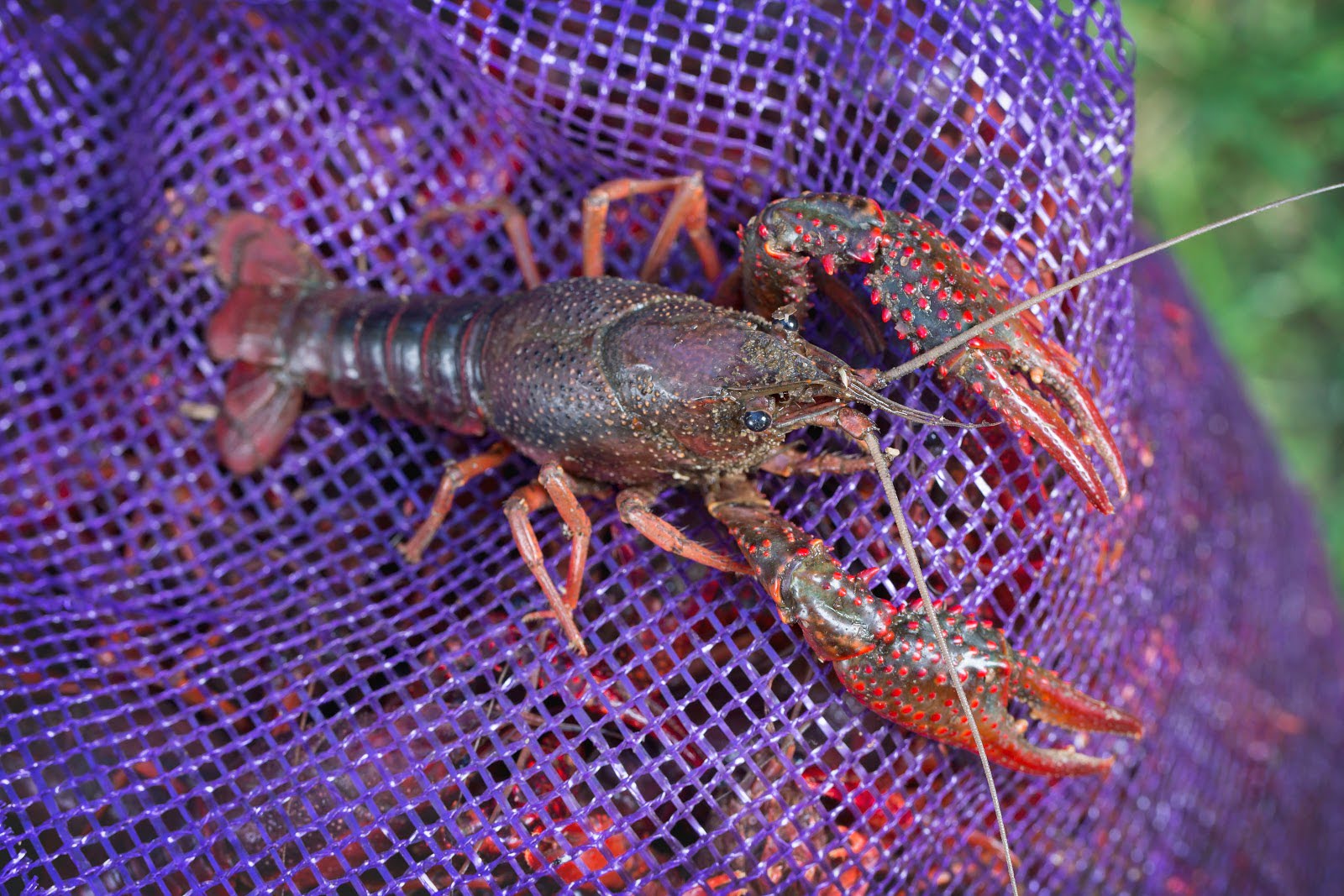
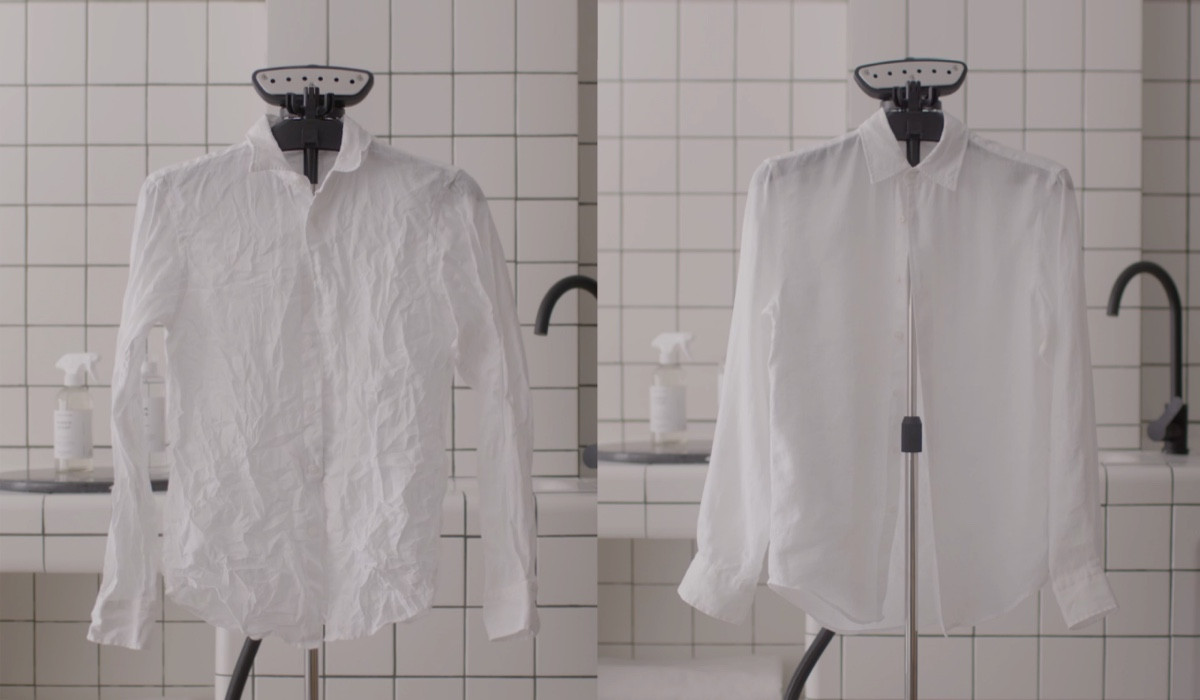

0 thoughts on “How To Reheat Crawfish Without A Steamer”